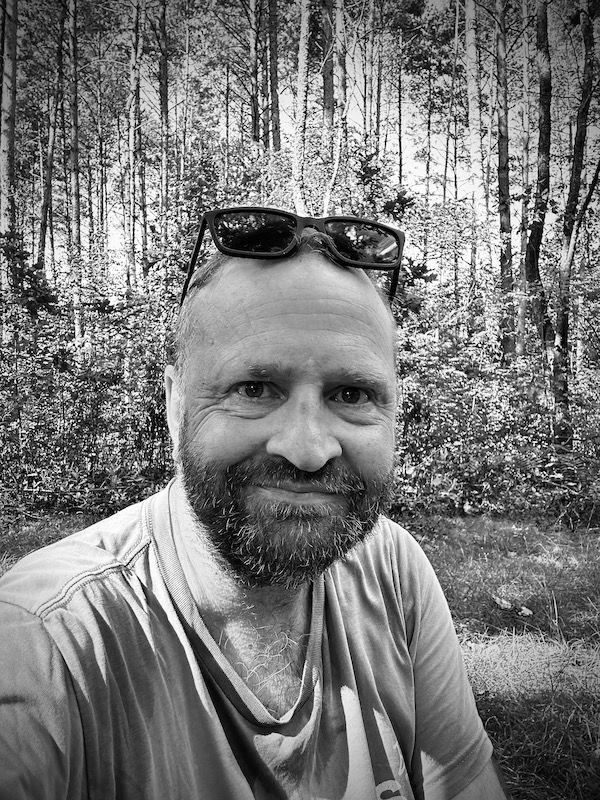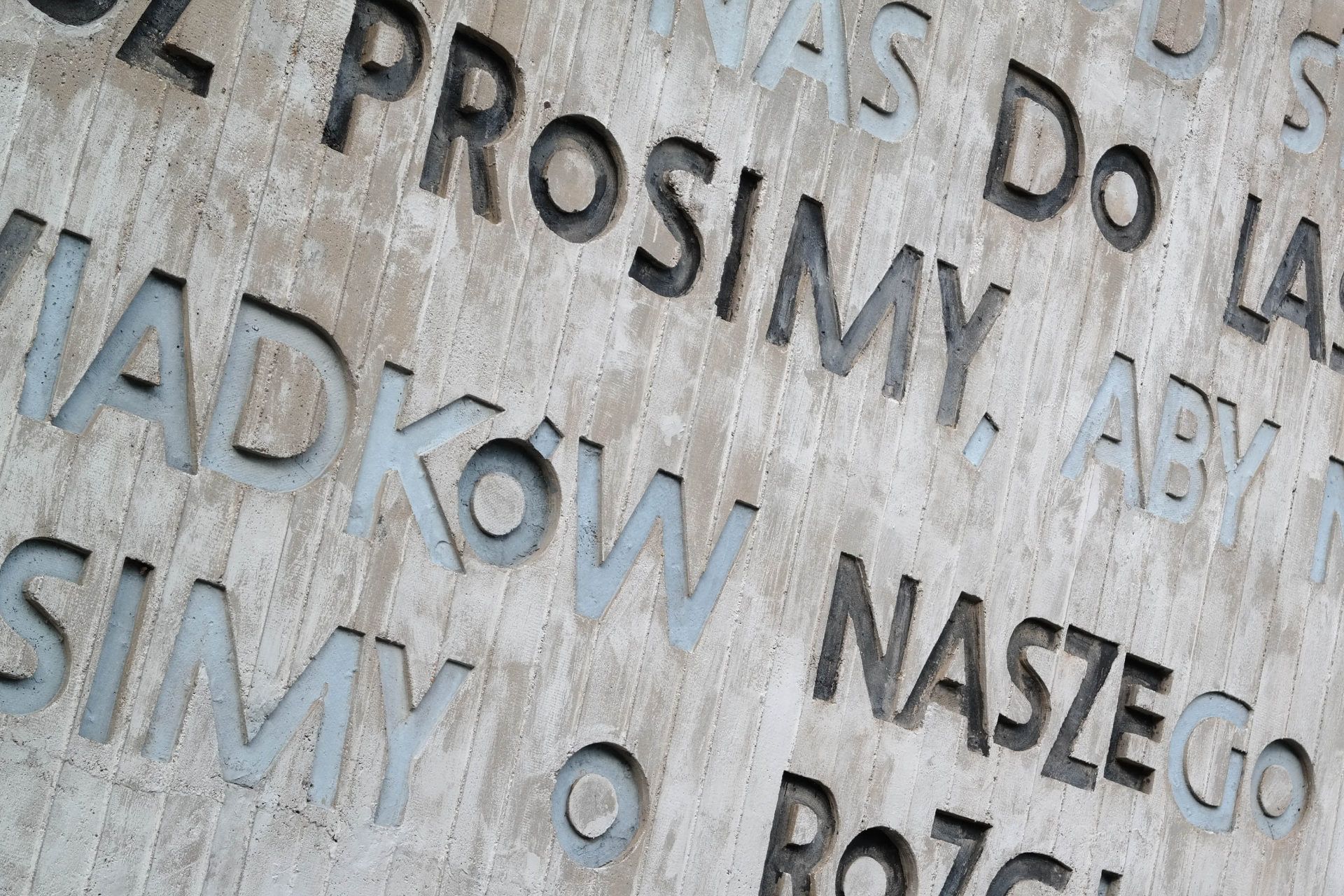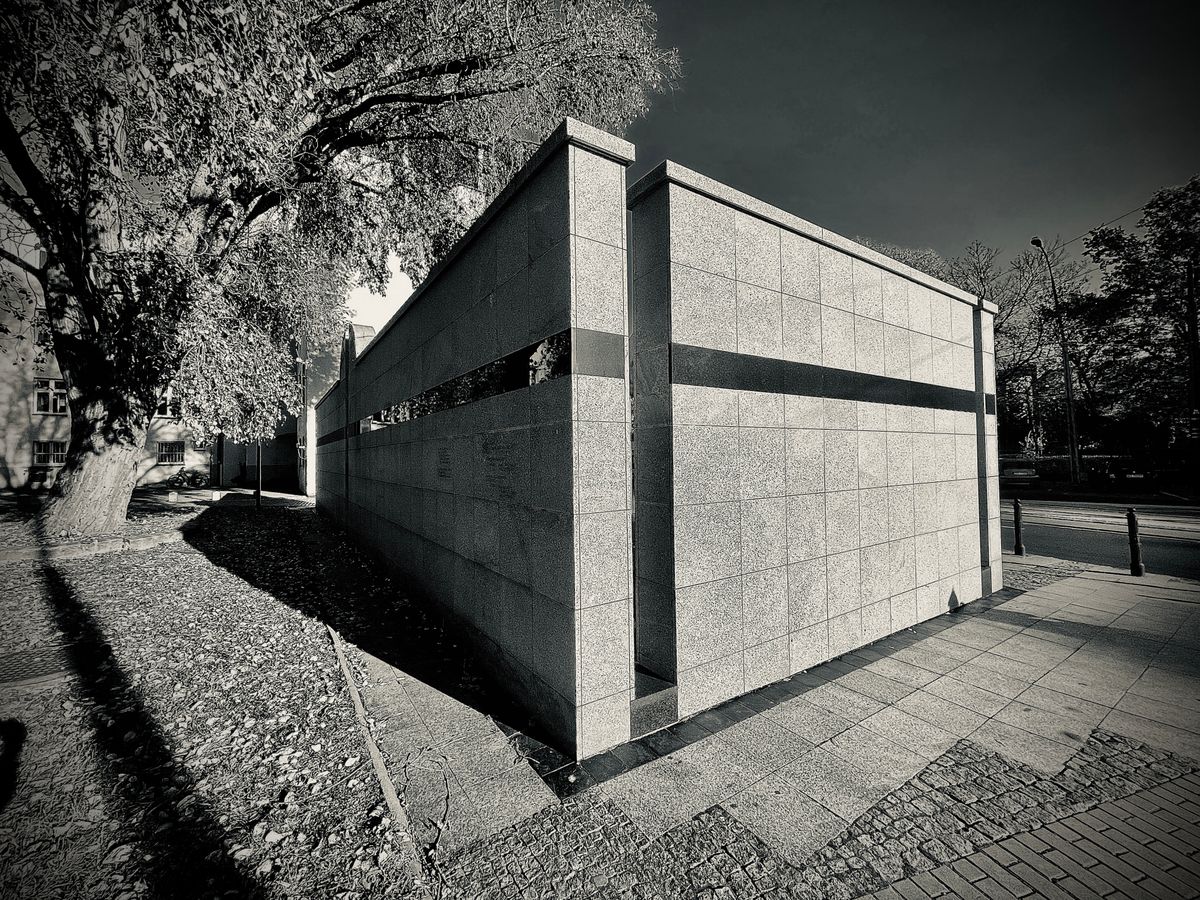Of Found Articles and Hidden Truths.
Walking the silent paths of the Nazi extermination camps throws into focus one very clear dichotomy: the raw sense of place, and apparent lack of physical objects to define the history of the place.
The on-site museums do their best to display artefacts and other found objects, but this dislocation can be alarming and unsettling.
We know what happened here. We can hear it in the trees and the wind.
But the truth of these things lies deep within the fabric of the artefacts themselves.
I guess this is my attempt to bring these notions to life by juxtaposing testimony and physical object.
Thank you.
Sobibór
"That's the charm of our forests - silence and beauty.
But it wasn't always so silent here. There was a time when it was full of screams and gunshots, of dogs' barking, and that period especially is engraved on the minds of the people who lived here then.
After the revolt, the Germans decided to liquidate the camp and early in the winter they planted pines that were three or four years old to camouflage all the traces."
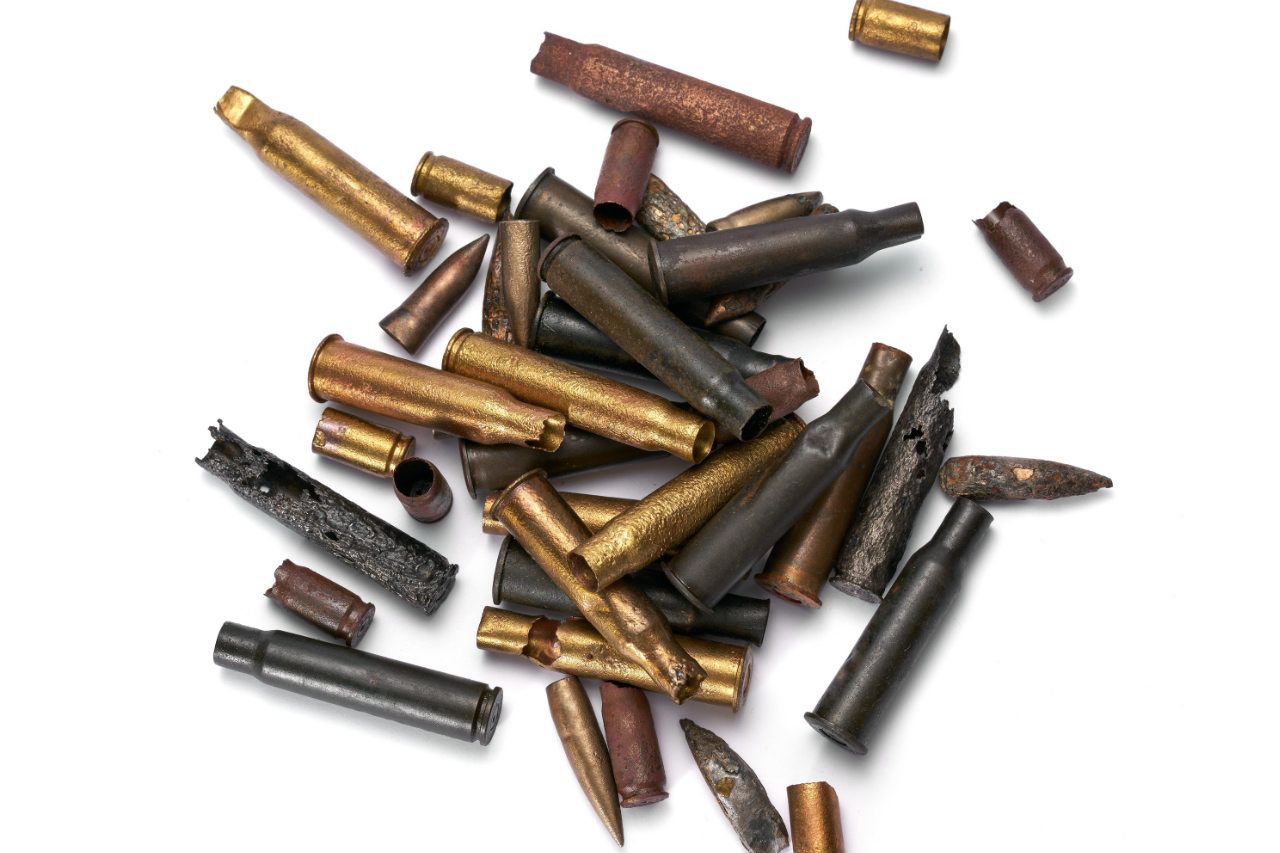
Artefacts; Sobibor, Poland.
Bełżec
"The next morning, a few minutes before 7 o’clock, I was told that the first train would arrive in 10 minutes. And in fact the first train from Lvov arrived a few minutes later. There were 45 carriages with 6,700 persons, of whom 1,450 were already dead on arrival.
Through small openings closed with barbed wire one could see yellow, frightened children, men and women."
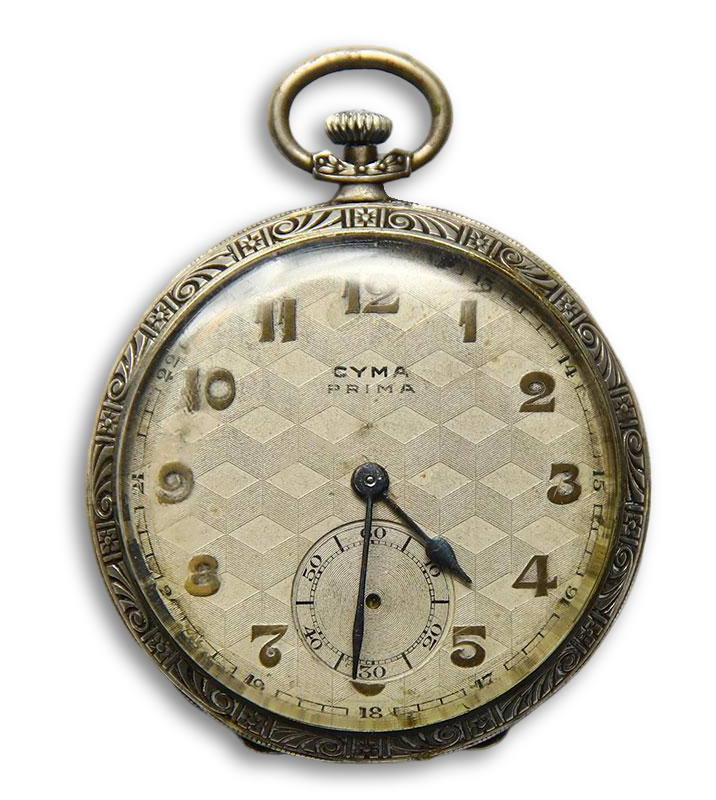
"Some victims tried to escape. But they didn't know the area. At times people heard explosions in the minefield, sometimes they'd find a deer and sometimes a poor Jew who had tried to escape."
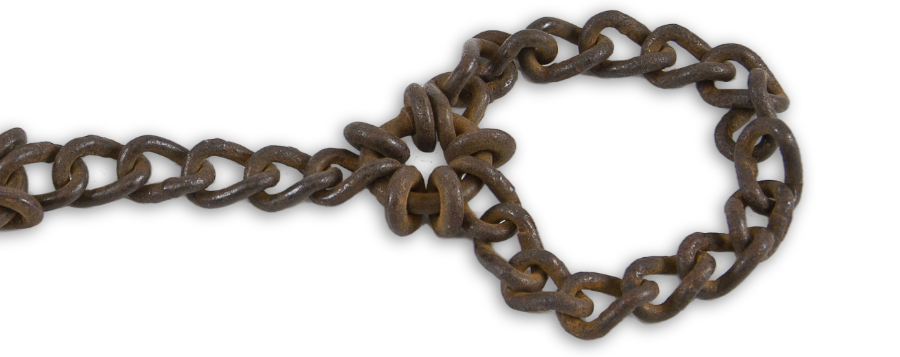
Chełmno
"I am incapable at this time of recalling anything from the past except what we lived through most recently: the trip they made us take to get here. What an ordeal!
Two weeks in cattle cars. Holed up, forty to sixty per car, men, women, the elderly, children. Hermetically sealed, with no air, no lights, no water, no food... we were suffocating in a tiny space saturated with filth, fumes, sweat, stench... ravaged by thirst and lack of space."
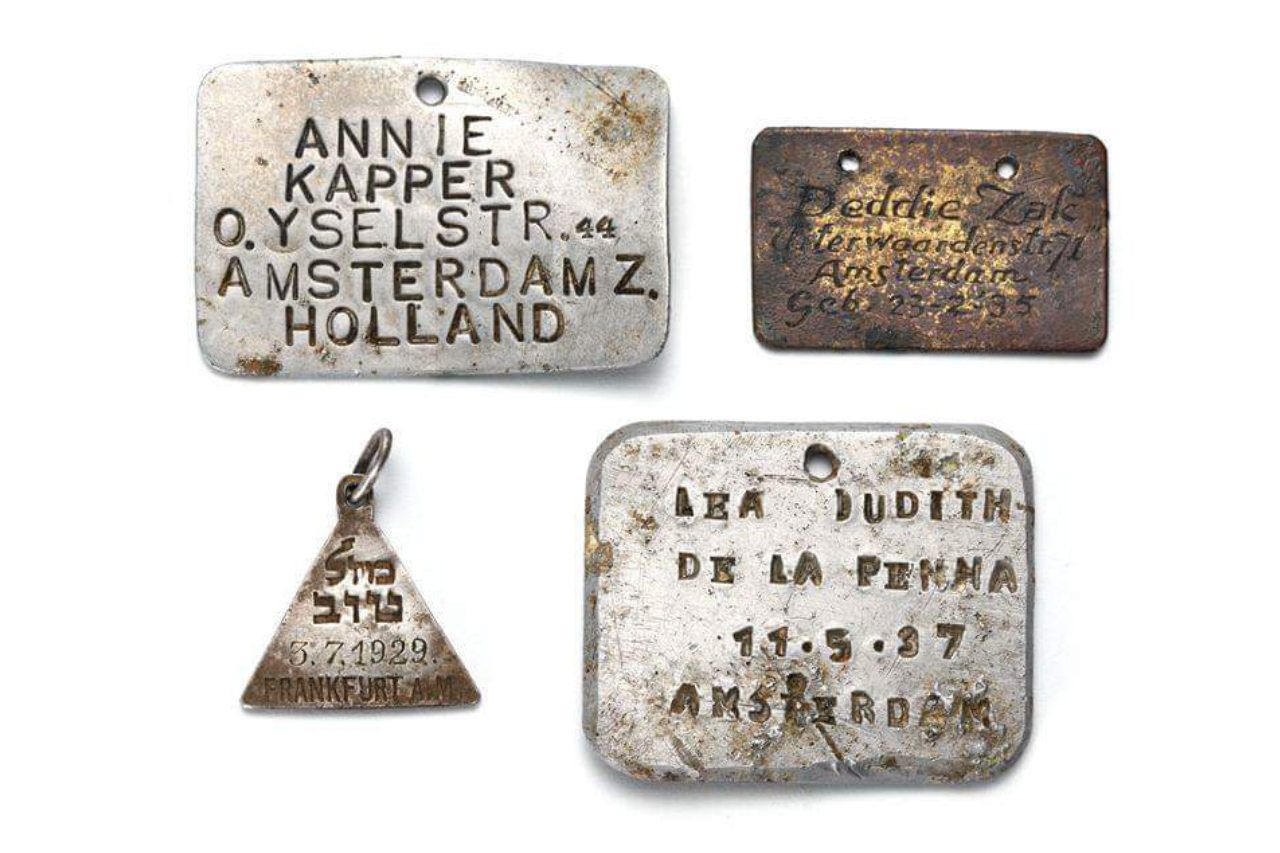
Treblinka
"When things were ready, they poured on fuel, and touched off the fire. Behind him, blazed the pyres on which they had begun then, in November, to burn the bodies in Treblinka.
That was the first time it happened. We knew that night that the dead would no longer be buried, they'd be burned."
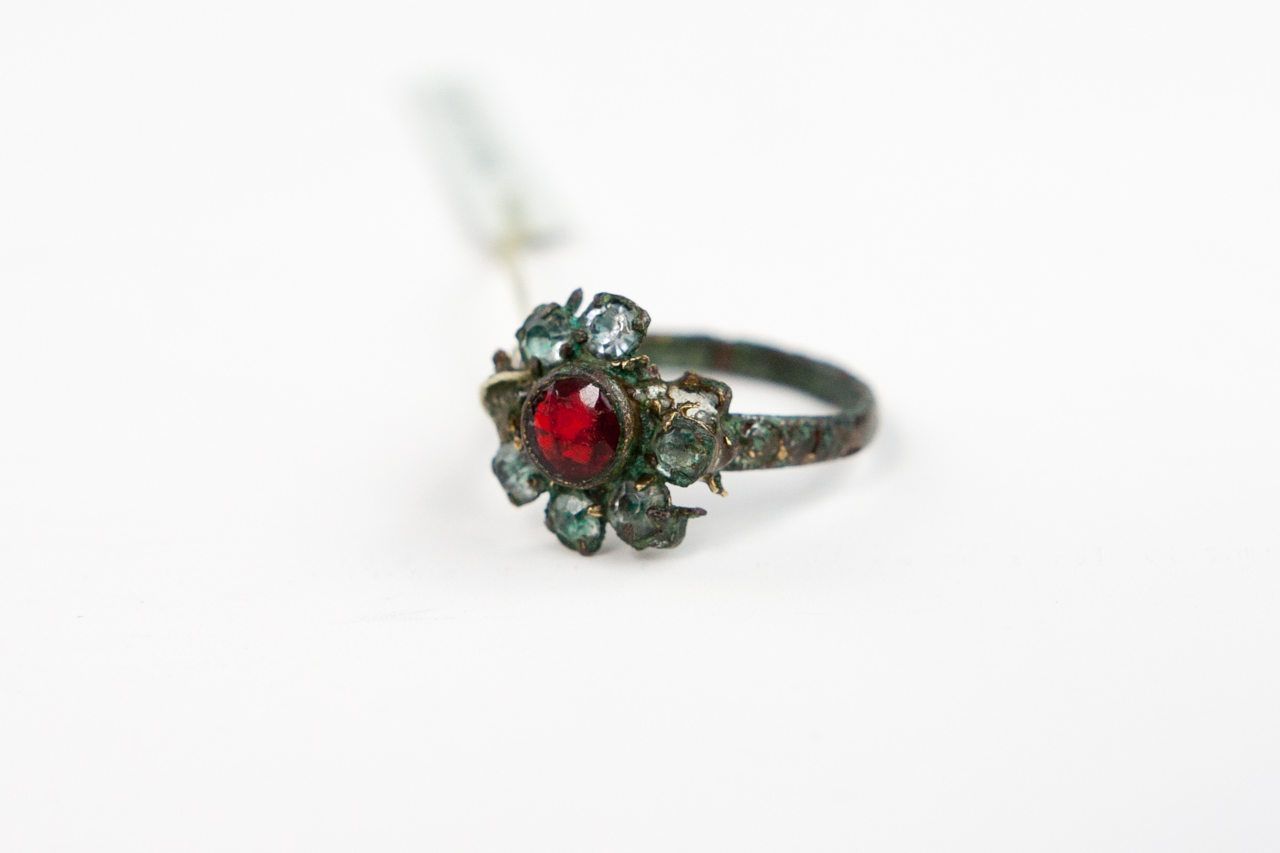
Majdanek
"And they had sorted out shoes, ladies', men's, and children's separately, completely separately. There were thousands of the shoes. And every shoe was sorted out by pair. It was sorted out and just there. One shelf after another. So that's what we saw in that thing. And there was ladies' and men's shoes. And on the side, again, we saw a big mountain of ashes, which we did not know what it was."
Of course, we saw a chimney
a little farther down...
"They had sort of like shower heads on the ceiling. We didn't know what. We thought it was water for shower. They had very small opening in the steel doors that you can see from the outside. You couldn't see anything from the inside, but you could see from the outside.
They had small little opening, small windows sort of with gates on the top of the ceiling, on the side of the ceiling. And there was also looking in from on the top was also sort of like an opening. And that was the gas chambers."
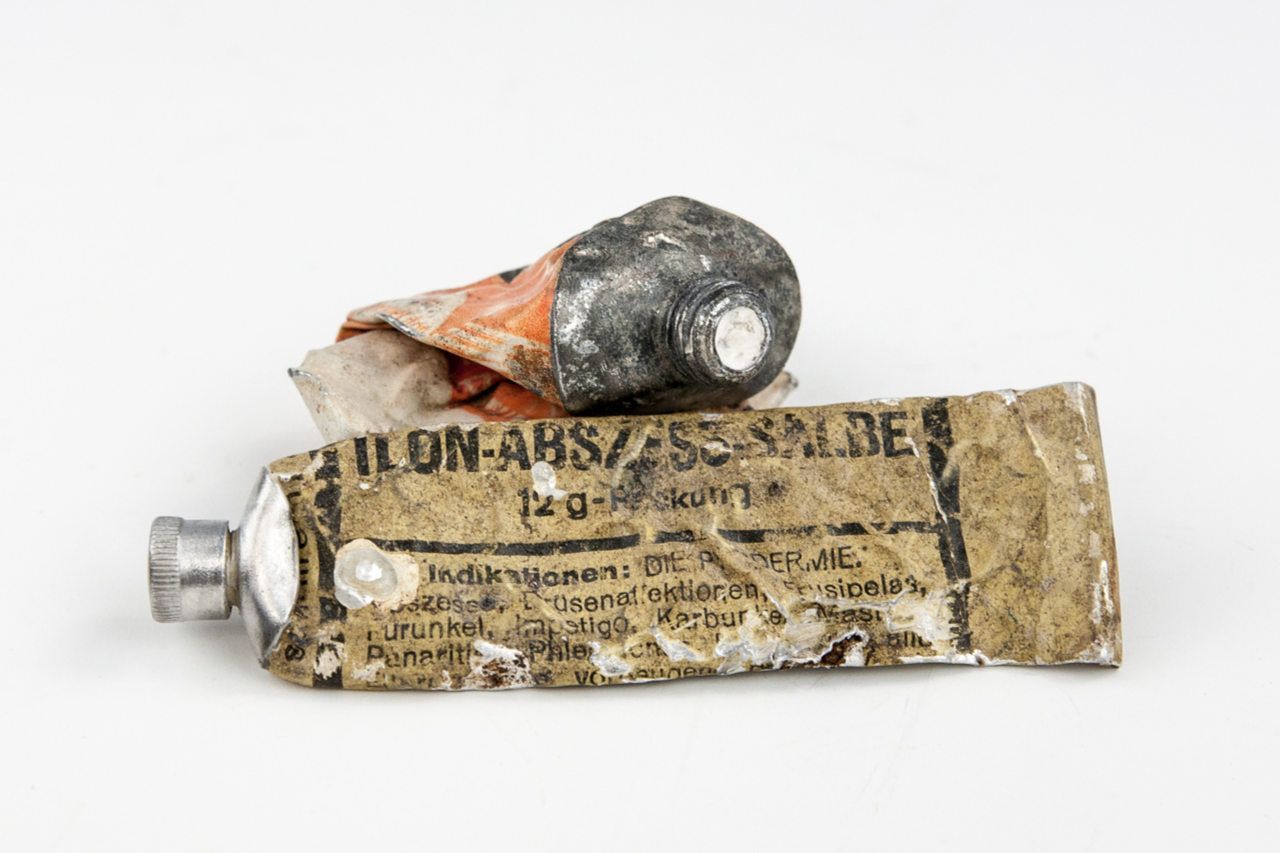
Paneriai
"On Tuesday, the 2nd of September it was both windy and raining. On the road to the site I could see a long column of people that stretched almost two kilometers back to the church. The guards forced everyone to run all the way to the site, a journey that took around 15 minutes. Jankowski claimed there were around 4,000 people in all.
Others said there were more than that. Most of the people in the column were women with babies. When they reached the path that led to the wooded area, they realised what awaited them and began shouting for help."
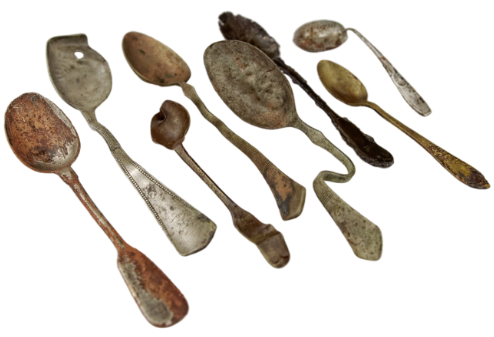
On Legacy
"It was always this peaceful here. Always. Even when they were burning every day, or every two days, let’s say, 2,000 people, Jews, it was always this peaceful. In this place, there were the two ovens, one there and a second there, and it was always as peaceful as it is now, as we are here.No one screamed. Everyone did his job, everything was silent."
Simon Srebnik.
Survivor; Chelmno
